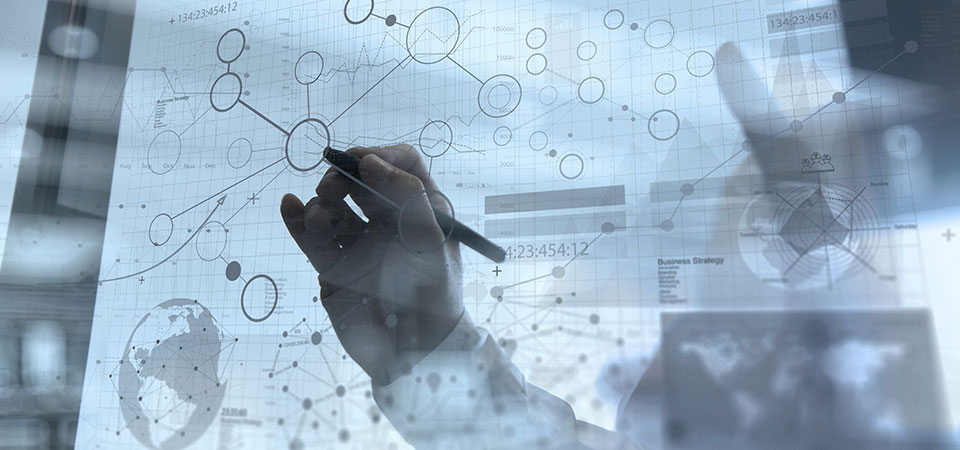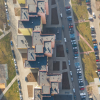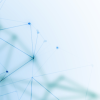
Digital revolution dramatically changed the way companies work. Thanks to modern digital technologies we can quickly find necessary information in our data base or in the global web and benefit from wide range of new facilities. As a result, we work faster. Meanwhile, changes brought new types of dangers to IT architecture, mainly cyberattacks. Negligence in assuring proper security levels of IT architecture can have dramatic impact on enterprise operations. Ensuring security in cyberspace becomes the main priority for the uninterrupted work of 21st century organization
Every year companies around the globe lose millions due to malfunctions of their IT systems and cyberattacks aimed at their websites and internal IT architecture. Analysis of actual condition and potential threats, both internal and external, is one of the best answers to counteract such situations. As consciousness of possible threats online rises, there are more and more menaces every year. There are few reasons for this – frequent introduction of newer technology or downgrade of used solutions.
What are the main threats?
There are two kinds of dangers that can disturb functioning of the system: internal and external. The source of internal threats are usually procedural or human mistakes, e.g. errors of administrators. A significant portion of such threats is caused by unavoidable failures of equipment or software, e.g. system breakdowns.
External dangers are often more fateful. Malicious software can not only damage or block operating system but also steal or modify sensitive data.
Source: HP Business Blog
Consequences of cyberattacks
There are many consequences of cyberattacks. The most severe are: necessity of rebuilding organization’s IT infrastructure, loss of clients and – as a result – decline of level of trust, loss of intellectual property or sensitive data that was created throughout years of studies and expensive investments.
How to prevent the threats?

To prevent such situations it is necessary to run periodic audits of security and implement their results. The Technical Support team at Globema provides security audits of Smallworld GIS and other geospatial systems covering the whole IT architecture on both hardware and software level. Based on collected information, we suggest improvements to ensure proper level of security of data and actions aimed at elimination of dangers related to servers and workstations. A final report provided by Globema contains summary of the current IT security state and action plan for necessary or recommended changes. The next step possible is joint implementation of the action plan.











